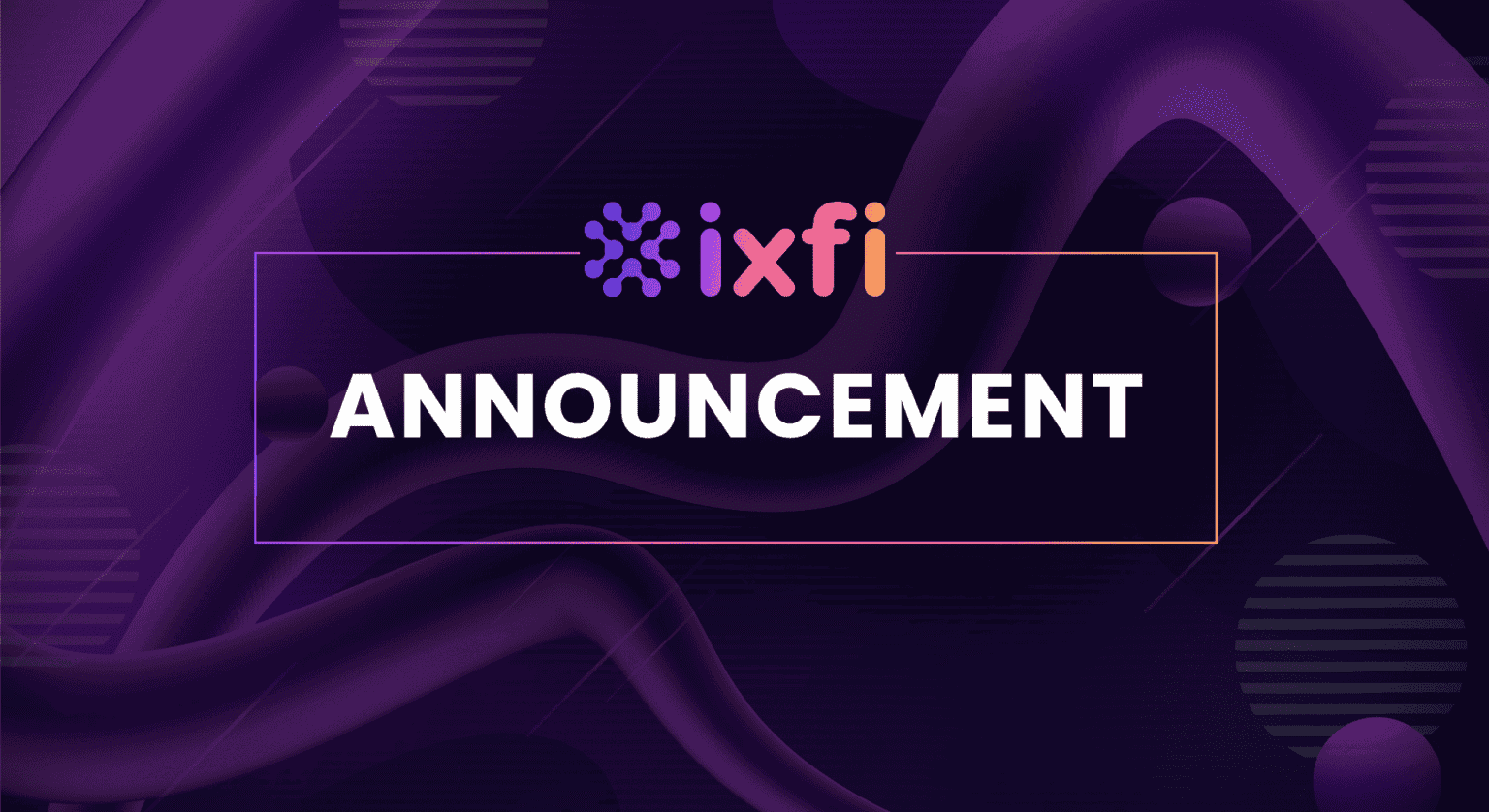Crypto is an opportunity to make a lot of money, and lately, it has proved that it is here to stay, regardless of skeptics. The idea behind cryptocurrencies is Blockchain technology and innovation in the digital world. For some people is quite challenging to understand, but so was the concept of the internet in the early 2000s, and here we are.
Blockchain is an entirely open and publicly distributed data registry (although there are several types from this point of view). The data register is shared, meaning the databases do not depend on a single location. Its immutable nature facilitates the recording of every transaction and makes it extremely difficult to break.
The Blockchain scalability problem
It’s a relatively new technology, although the concept has been around for some time – and it’s expected that it’s not perfect and has a lot of problems. First, we need education and awareness campaigns for essential IT and Blockchain companies – it’s not just about cryptocurrencies. The technology can be applied in all fields, and large corporations like Accenture and IBM are already doing homework. In addition to the problem of educating the masses about this technology and the different types that currently exist in the market, or the lack of experienced IT programmers on the Blockchain, scaling is complicated. For a network to be feasible for vast volumes of transactions, it is necessary to increase its nodes in the system to support them.
Why is it important to solve scalability?
If a distributed data network becomes scalable, it is more usable for the masses because it can run more information simultaneously. In addition, it would reduce the waiting times required for each transaction and increase the nodes in the network and their size, making transactions as cheap as possible. Depending on our geographical location and financial needs, we may face some limitations in international transactions. Still, with the help of a scalable ledger, these problems would disappear, solving and improving systems for many individuals, corporations, or even entire nations. The solutions to the scalability problem depend on the levels.
Layer 1 Blockchain and “How to solve the problem of a network’s core?”
Layer 1 refers to a network’s basic structure and architecture, such as Bitcoin. Depending on their infrastructure, Layer 1 Blockchains can process transactions to the end without needing another network. It is challenging to improve something at the core of an already existing network, but over time we have come up with some ideas. The best known to date remains SegWit – or Segregated Witness. It represents the implementation of a Soft Fork, which has freed up more space for transactions on each block. The change was also made to protect the network’s security so as not to be affected by the increase in the capacity of the blocks.
Layer 2 and “Solutions to the same problem”
Unlike the Blockchain’s Layer 1, here we are talking about a protocol that attaches to the main Blockchain, so it is a network attached on top. This level built over the original network was invented precisely to solve scalability problems. It is technically challenging to rework a network, as we saw in the first Layer. A concrete example is Lightning Network, which designates a separate decentralized network that, with the help of Smart Contracts, helps to speed up transactions through payment channels attached to data blocks in the Blockchain. These payment channels are also called state channels, and by connecting them to the unions, we no longer have to go to the main code on which the block was built.
For Ethereum, related to Layer 2’s, we can discuss rollups. Unlike Bitcoin, in addition to speed, ETH users also pay a lot of gas, making the network very expensive. Through rollups, gas commissions are drastically reduced. Like Lightning, these are packages that group transactions outside the Blockchain and then send them as a single transaction on the main Blockchain, using Smart Contracts.
If you’re ready to put your trading skills into practice, do it together with Your Friendly Crypto Exchange – a secure, reliable, and user-friendly platform. Register on IXFI now to start your crypto journey.
Disclaimer: The content of this article is not investment advice and does not constitute an offer or solicitation to offer or recommendation of any investment product. It is for general purposes only and does not take into account your individual needs, investment objectives and specific financial and fiscal circumstances.
Although the material contained in this article was prepared based on information from public and private sources that IXFI believes to be reliable, no representation, warranty or undertaking, stated or implied, is given as to the accuracy of the information contained herein, and IXFI expressly disclaims any liability for the accuracy and completeness of the information contained in this article.
Investment involves risk; any ideas or strategies discussed herein should therefore not be undertaken by any individual without prior consultation with a financial professional for the purpose of assessing whether the ideas or strategies that are discussed are suitable to you based on your own personal financial and fiscal objectives, needs and risk tolerance. IXFI expressly disclaims any liability or loss incurred by any person who acts on the information, ideas or strategies discussed herein.


